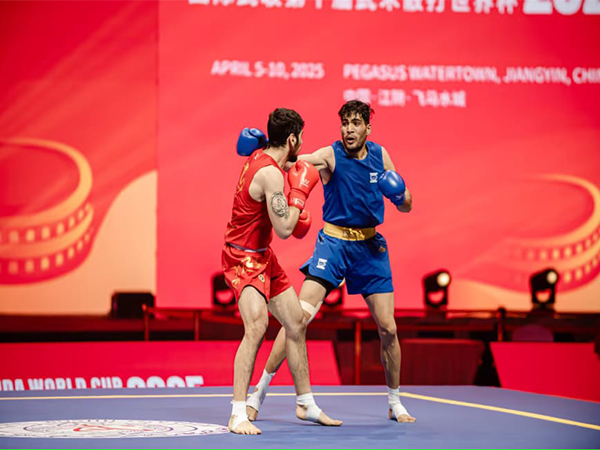Festive Season: From Dhanteras to Diwali, Bhai Dooj, everything you need to know about these occasions
Oct 19, 2022

Mumbai (Maharashtra) [India], October 19 : Every year, Hindus, Jains, and Sikhs all celebrate Diwali to symbolise the victory of good over evil, light over darkness, and joy over despair.
Deepavali, popularly known as the festival of lights, is celebrated nationwide with great pomp. People perform puja, observe rituals, decorate their homes with diyas, rangoli, ornaments, and lights, enjoy delectable sweets and meals, dress in new traditional attire, and more.
Hindu mythology states that Lord Ram returned to Ayodhya on Diwali after slaying Ravana and spending 14 years in exile. People make wishes for health, wealth, and prosperity to the gods Lakshmi, Ganesh, and Kubera as part of the festival of lights.
With Dhanteras or Dhan Trayodashi as the first day and Bhai Dooj as the last, Diwali festivities last for five days. Govatsa Dwadashi signifies the beginning of Diwali in Maharashtra one day earlier. The festivities will so begin on October 21 in Maharashtra. Drik Panchang predicts that Diwali's five days will start on October 22 and end on October 25.
According to the lunisolar Hindu calendar, Diwali is observed between the middle of October and November. According to Drik Panchang, here is a list of the five days of Deepavali.
1. Dhanteras or Dhan Trayodashi on October 22
The first day of the Diwali festival in India is known as Dhanteras or Dhanatrayodashi. It is commemorated on the thirteenth lunar day of Krishna Paksha, which falls in the month of Ashvini in the Hindu calendar. The Dhanteras puja muhurat will be observed from 07:00 to 08:17 pm on October 22.
2. Narak Chaturdashi or Kali Chaudas on October 23
Narak Chaturdashi is a Hindu festival that falls on Chaturdashi (the 14th day) of the Krishna Paksha in the Shalivahan Shak Hindu calendar month of Kartik. It is also referred to as Kali Chaudas, Narak Chaudas, Roop Chaudas, Choti Diwali, and Narak Nivaran Chaturdashi. It is the second day of the five-day Deepavali/Diwali festival. Narakasur, an asura (demon), was slain on this day, according to Hindu tradition, by Krishna and Satyabhama. Abhyanga Snan on Chaturdashi day, also known as Narak Chaturdashi, will begin at 05:05 am and end at 06:27 am.
3. Chhoti Diwali and Badi Diwali on October 24
Due to the solar eclipse, the day after Chhoti Diwali and Badi Diwali will be celebrated on the same day (Monday, October 24, 2022), (25 October 2022) this year.
Hindus, Jains, and Sikhs all celebrate Diwali, which is known as the festival of lights. The festival is observed during the Hindu lunisolar month of Kartika and typically lasts five days or six in some parts of India. The Lakshmi puja muhurat will begin at 06:53 pm and end at 08:15 pm on October 24. Additionally, the Amavasya tithi will last from 05:27 pm on October 24 to 04:18 pm on October 25.
4. Govardhan Puja on October 25
Govardhan Puja, also known as Annakut or Annakoot, is a Hindu holiday during which followers of Krishna worship Govardhan Hill and prepare and present Krishna with a wide array of vegetarian foods as an expression of their thanks. The Govardhan Puja muhurat is from 06:28 am till 08:43 am.
5. Bhai Dooj on October 26
On the second lunar day of Shukla Paksha in the Vikram Samvat Hindu calendar or of Shalivahan Shaka calendar month of Kartika, Hindus celebrate Bhai Dooj, Bhaubeej, Bhai Tika, or Bhai Phonta. It is celebrated during the Holi celebration and the Diwali or Tihar festival. On this day, the Aparahna time will last from 01:12 pm to 03:26 pm.
People perform Lakshmi Puja, also known as Diwali Puja, on the third day (Diwali). During the lengthy festivities, it is the most important day. Early in the morning, devotees offer prayers to their ancestors, and on Amavasya, they perform Shradh for them. Lakshmi Puja is performed on Diwali during Pradosh Kaal, which begins after sunset and lasts for two hours and twenty-four minutes (approximately).




















